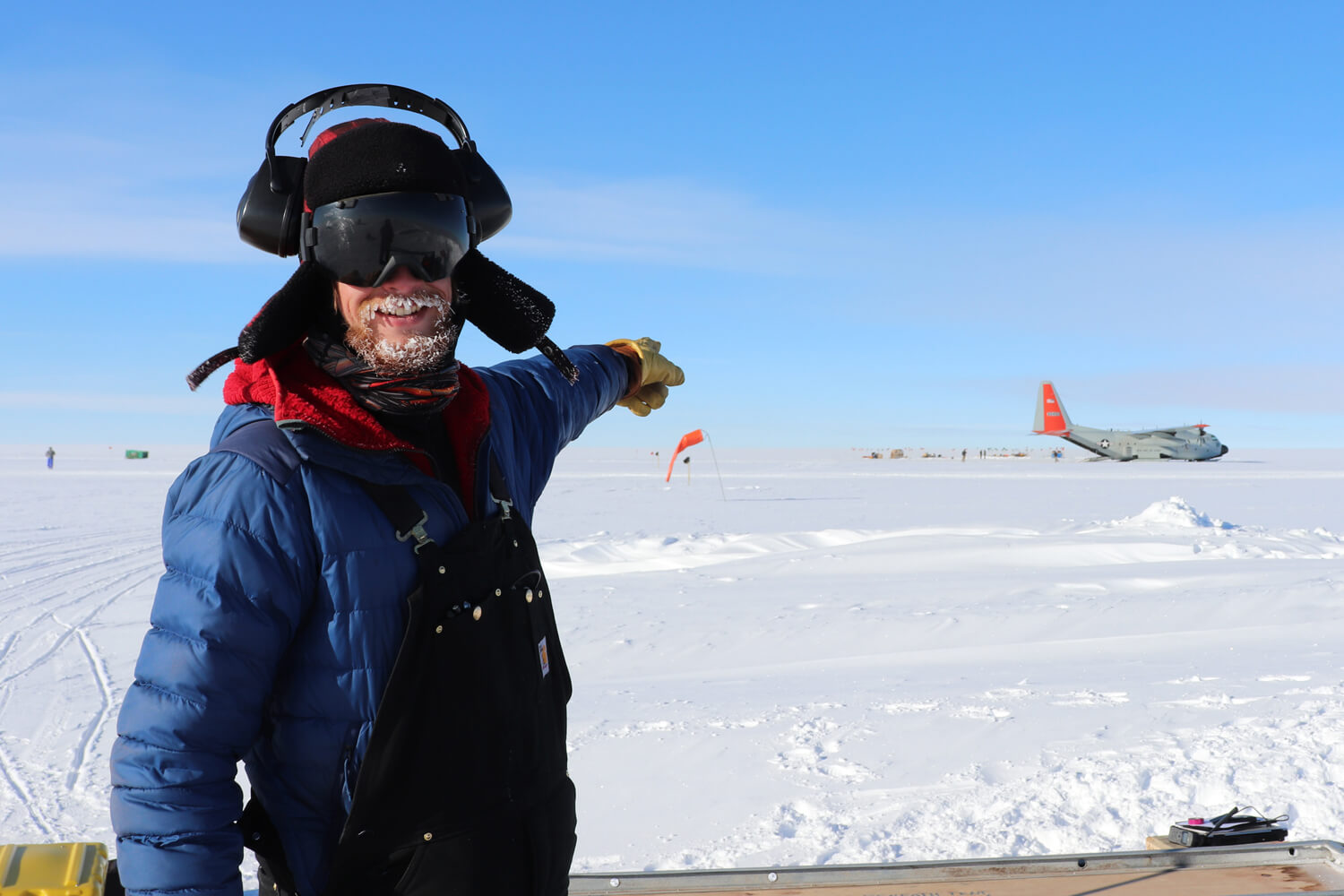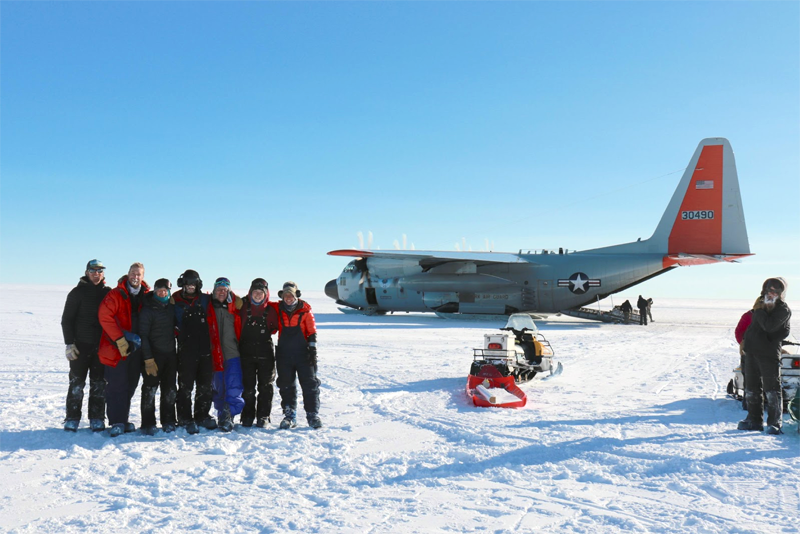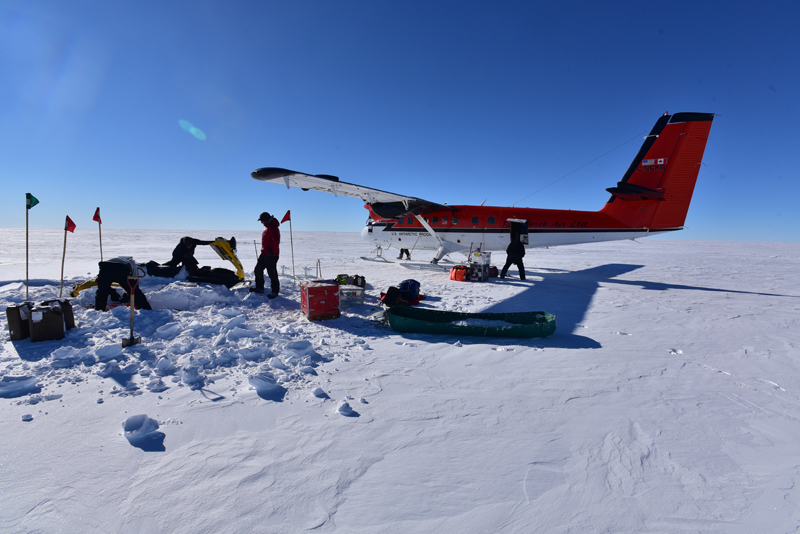How much ice was lost from the West Antarctic ice sheet during Earth's last prolonged warm period, about 125,000 years ago, when sea level was several meters higher than today?
Ice cores from Antarctica can help us to answer this critical question. Over several years, a group of U.S. researchers will drill a deep ice core from Hercules Dome, Antarctica, to help provide fundamental information about Earth and to learn more about West Antarctica’s past—and future—contribution to global sea level rise.
The geographic setting of Hercules Dome, at the transition between the West and East Antarctic ice sheets, makes it well-situated to investigate changes in the size and sensitivity of the West Antarctic ice sheet over long time periods. The chemistry and physical properties of the ice core collected from Hercules Dome will provide an important record of past atmosphere and ice sheet changes.
For the research community, the Hercules Dome ice core provides an opportunity to make progress on a number of science priorities, including understanding the environmental conditions of the last interglacial period, the history of gases and aerosols in the atmosphere, and the magnitude and timing of changes in temperature and snow accumulation over the last 150,000 years. Together with the network of ice cores obtained by U.S. and international researchers over the last few decades, the Hercules Dome ice core will lead to improved estimates of the boundary conditions necessary for the implementation and validation of ice-sheet models critical to the projection of future Antarctic ice-sheet change and sea level.



